Jacob Mejia: Understanding How to Carve Your Career Path

At the beginning of your four years at university, a full-time career may seem like a world away. The seniors whom you encounter will likely have had much professional experience across various positions in different industries, companies, and organizations.
While it may be hard to visualize how you could achieve the same success during your time in college, there are basic steps that everyone can take to put themselves in the best position to carve out a career path.
Step 1: Learn
The first step in understanding how to carve the career path you want is to first find the career path that most interests you. Take a few of your previous interests (or interests you want to learn more about) and begin to search for different resources on campus that can best serve these interests. As a student at a 4-year university, there are a variety of resources and people available to help you begin your journey. Utilize these to the best of your ability. Below are a few examples of resources on campus:
- Connect with older students who have interned in an interest of yours and have a coffee chat with them
- Find student organizations that represent or teach students about your interests
- Reach out to professors within majors that are most connected to your interests; many professors have previous experience in industry or in assisting other students
- Connect with Alumni who are working in an industry you are interested in and have a coffee chat with them
Again, the goal of this step is to extract as much information from these above resources. Be sure to “play the student card” and be inquisitive about the interest, the specific careers within the interests, and whether or not you see yourself within the careers post-college graduation.
Step 2: Narrow your Focus
Now that you have learned about the specific careers within your various interests, it is time to narrow down the careers that you would like to pursue. Every career has its own set of rules and details that impact how one would work on a day-to-day basis. Observe these details and begin to think about the life you would like to live after college and the opportunities you would like to have down the line. Below are a few examples of details that are most important when considering the career you want to pursue:
- Work-Life Balance
- Salary
- General location(s) of the industry
- Exit opportunities to other industries from the career
- Ability to move up the corporate ladder within the career/companies in the industry
- Type of work
- General industry culture
A great way to learn about these details is to network and connect with young professionals who are currently in the field. Again, be sure to “play the student card” and be inquisitive and cognizant of the questions that you ask regarding these details.
Step 3: Get Experience
Once you have chosen a few specific careers to focus on, the next step is to gain experience and undergo the day-to-day life of that career. Below are a few ways of obtaining real-world experience:
- Undergo an internship or externship (during the summer or the school year)
- Find roles that are similar within on-campus organizations
- Apply or sign up for leadership programs through corporations or organizations within the industry
- Lead a club on campus that is related to your career
The best way to find the above opportunities is to ask older students, attend a career fair, or search the internet via Handshake or LinkedIn. Many companies will also only have applications to their various programs open through their website, so be sure to check back regularly to these career web pages.
In addition, be sure to prepare for any behavioral, technical, or general interview questions that may arise for these various positions. Every career has its own set of interview requirements and preparation tactics, so be sure to consult with older students who have recently undergone these interviews.
Step 4: Leverage the Experience
As you wrap up an internship or externship experience, it is important to stay cognizant of the potential to move into a full-time position. Some companies or careers may require that you re-apply for a full-time position. Others may extend return offers for the following year and may even hire you for a full-time role directly after your internship. If you want to switch to a similar position or the same position at another company, then be sure to take note of all of the work you did in your previous role. Leverage the knowledge, network, and skills that you gained from your experience into landing the right career fit for you.
You may find yourself in a position of not liking the experience you underwent, thus it may be time for a shift in industry or career. Whatever the reasoning may be, there is always a path to moving careers and transitioning into other fields down the line.
In summary:
Learn as much as you can about potential career paths within your set of interests.
Narrow your focus to a few careers and understand the day-to-day details of those careers.
Get experience in your respective career and participate in day-to-day life.
Leverage the experience you get for your post-graduate career.
